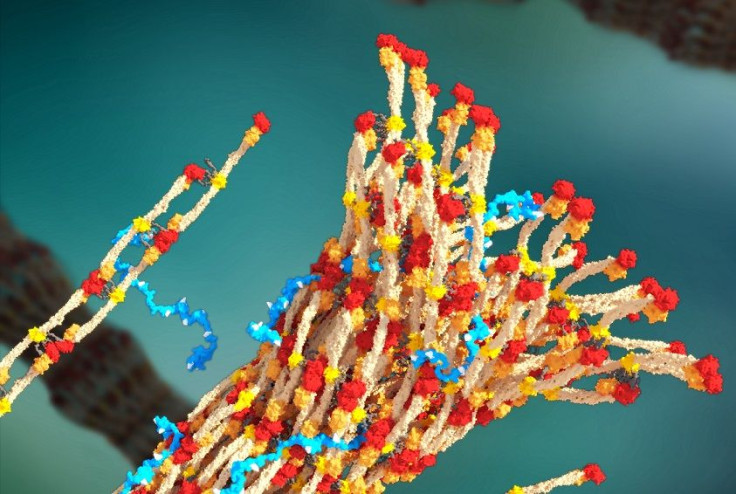PolySTAT Polymer Could Stop Soldiers And Victims Of Trauma From Bleeding To Death

In the heat of battle or the precious moments after a grisly car wreck, blood loss is the foremost concern. But existing technologies are still surprisingly basic and not all techniques work well with the human body’s own responses to stop the bleeding. Luckily, scientists have developed an injectable polymer that could potentially save lives on the brink.
In a recent study featured in the journal Science Translational Medicine, researchers from the University of Washington detailed the early success of their new product, PolySTAT. Working in mouse models, the team of bioengineers achieved a 100-percent success rate in stopping the animals’ femoral arteries from bleeding out. Normally, the team claims, such an injury would almost certainly be fatal.
"Most of the patients who die from bleeding die quickly," said co-author Dr. Nathan White, an assistant professor of emergency medicine, in a statement. Hemorrhage is responsible for roughly 35 percent of pre-hospital deaths and over 40 percent of deaths within the first 24 hours, according to recent estimates. PolySTAT hopes to expand, if erase, that timeline. "This is something you could potentially put in a syringe inside a backpack and give right away to reduce blood loss and keep people alive long enough to make it to medical care."
Innate to the human body is a clotting protein called factor XIII. In the event of a traumatic event, such as excessive bleeding, factor XIII rushes to the wound site along with a separate protein called fibrin. Together, the two coagulating proteins cross-link to form a fortifying mesh, which ultimately helps the platelets seal the wound.
The problem with this process is that sometimes blood rushes out too quickly, and the fibrin-factor XIII mesh doesn’t have enough time to stabilize the platelets. PolySTAT tries to solve that problem. Working alongside bioengineers and chemical engineers, White helped inject PolySTAT into a group of lab mice. While only 20 percent of the mice who received a natural protein survived, 100 percent of the mice given PolySTAT, which essentially mimicked the natural protein on a greater scale, made it out in one piece.
"It's like the difference between twisting two ropes together and weaving a net," said co-author Suzie Pun, a professor of bioengineering, of the new mesh. "The cross-linked net is much stronger."
On top of the immediate benefits of saving a life, the researchers emphasize the upside of not having to rely on blood supplies. Not only do they pose challenges in their acquisition — the Red Cross has periodically issued requests for increased blood donation — but their high storage costs and risk for contamination make them far less appealing than simply dealing with the wound on-site.
Risks of PolySTAT leading to stroke or embolism, due to clogged blood flow, are low, the researchers say. In their study, the polymer only bound to fibrin at the wound site. It did not bind to the precursor to fibrin, fibrinogen, which circulates throughout the entire body. Up next are trials on larger animals to see how PolySTAT handles more complex wounds and whether it may bind to unintended substances.
Source: Chan L, Wang X, Wei H, Pozzo L, White N, Pun S. A synthetic fibrin cross-linking polymer for modulating clot properties and inducing hemostasis. Science Translational Medicine. 2015.
Published by Medicaldaily.com



























